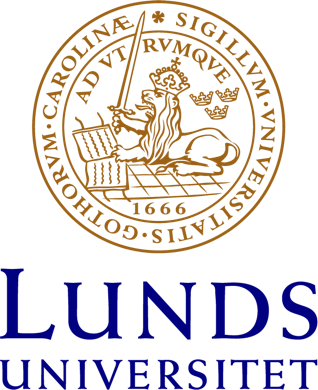Do Rock Carvings Tell Stories? - Aspects of Narrativity in Scandinavian Petroglyphs
Michael Ranta (Cognitive Semiotics, Lund), Peter Skoglund (Archaeology, Kalmar), Anna Cabak Rédei (Cognitive Semiotics, Lund) & Tomas Persson (Cognitive Science, Lund)
Rock art constitutes the most expressive, widespread and accumulated corpus of images with a prehistoric date, being worldwide phenomena dating back to at least 60.000 BCE. In Europe, Scandinavia holds the largest concentration of rock art (i.e. petroglyphs), dating to c. 7.000-500 BCE, and approximately 6.000 show figurative representations. Traditionally, the material has been dichotomized into an older northern ‘hunter-gatherer’ tradition and a southern ‘agrarian’ tradition. For the present purpose, the Scandinavian rock art material as a whole will constitute a palimpsest of different ways of displaying and combining images, some of which seem to hold a narrative character.
But are they really telling stories, and if so, to which extent? In this paper, we will argue that an narratological approach to petroglyphs possibly could distinguish between three levels of narrativity: representations of (i) events, understood as the transition from one state of affairs to another, usually involving (groups of) agents; (ii) stories, i.e. particular sequences of related events that are situated in the past and retold for e.g. ideological purposes; and (iii) by implication, master-narratives being deeply embedded in a culture, which provide cosmological explanations and a pattern for cultural life and social structure.
A major methodological challenge which have to be dealt with in order to be able to identify potential narratives in rock art is the accumulated character of the material, where the images on a panel may represent carving events conducted over a time of one thousand years or more. Moreover, petroglyphs are not always consistently arranged in a serial or linear manner (which would facilitate narrative interpretations) and sometimes overlap or are overlaying. Thanks to recent developments in documentation techniques and the breakthrough of various 3D documentation methods, this problem can now be tackled in new ways. In combination with recent developments in rock art chronology these new documentation techniques have the potential to reveal different sequences in the production of the rock art to show how individual rock art panels developed throughout the Bronze Age. In this paper we will report some preliminary results on rock art and narrativity based on fieldwork conducted in Middle Sweden in the summer of 2017